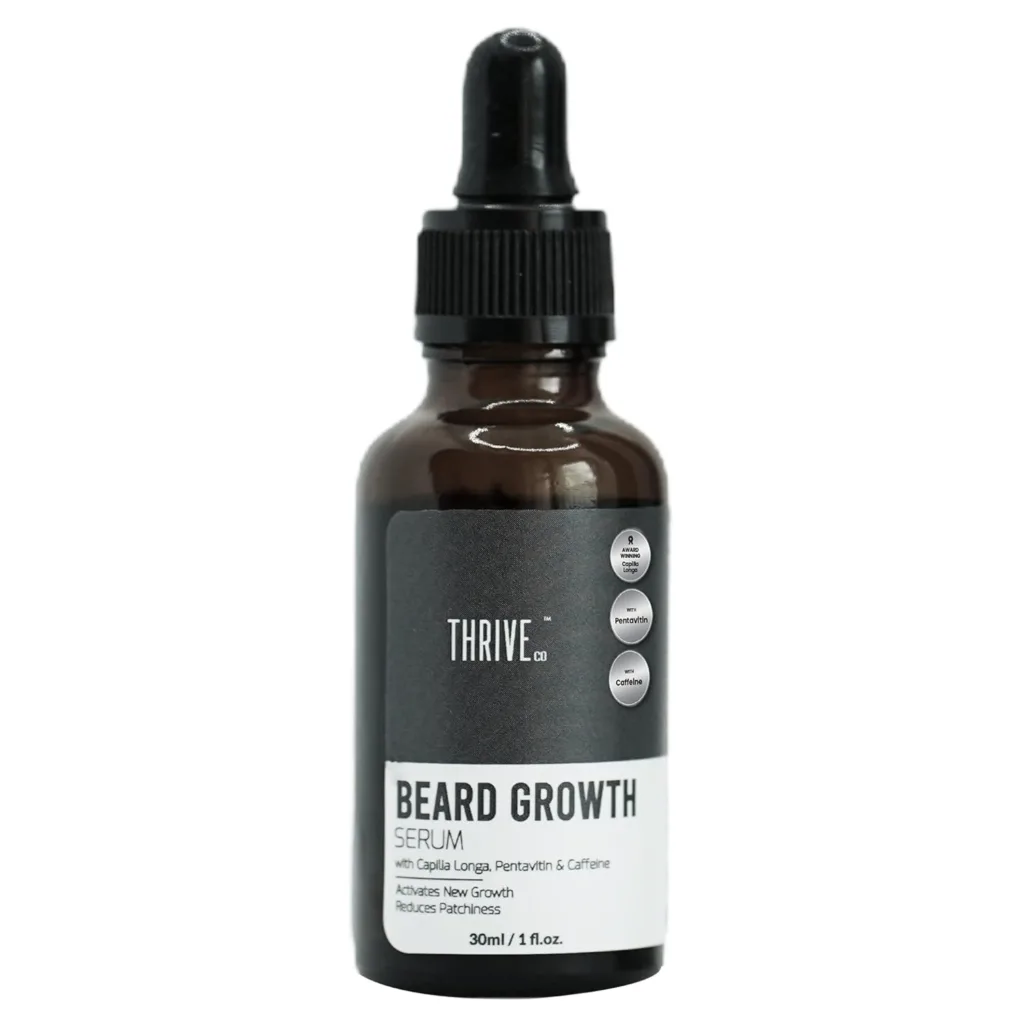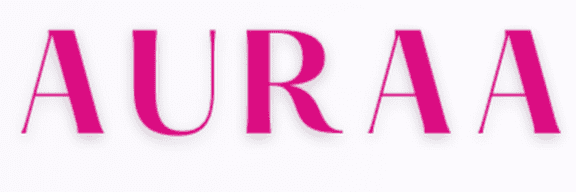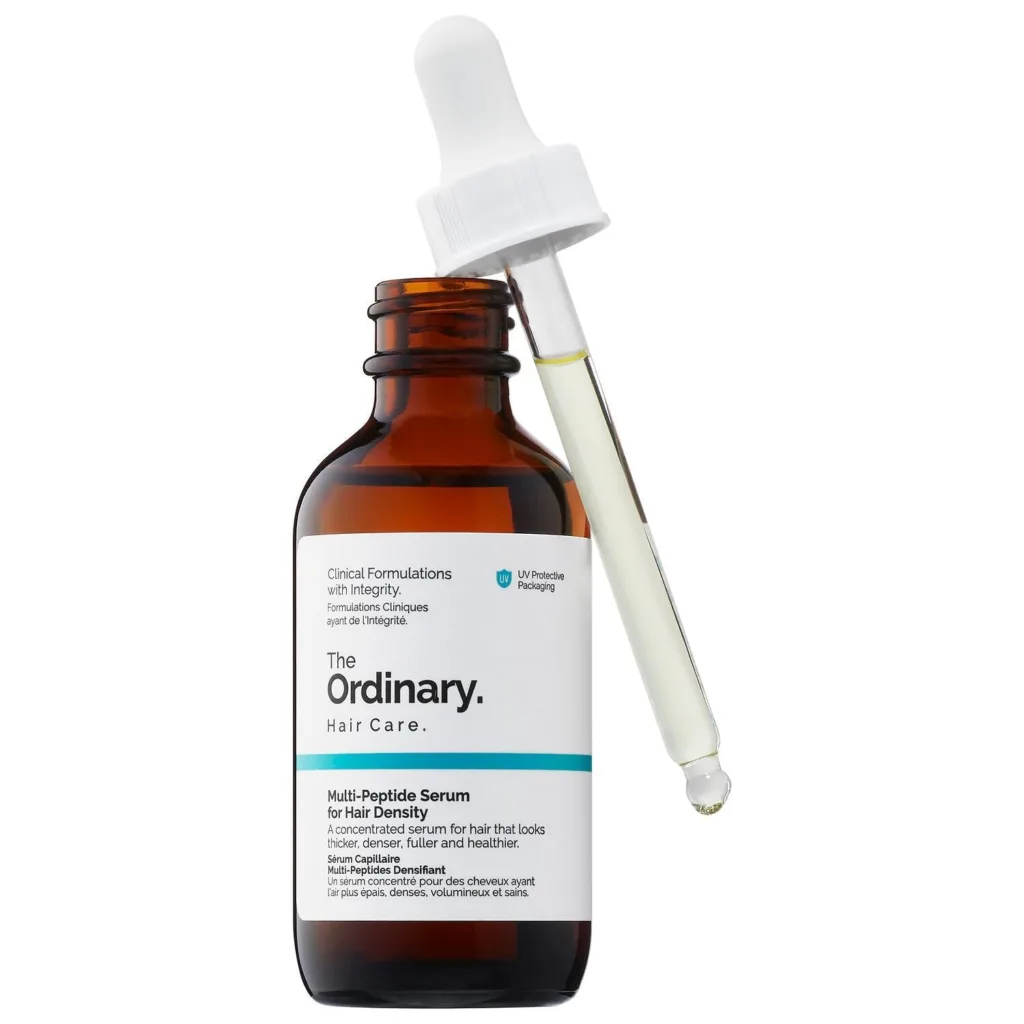Table of Contents
ToggleBeard Growth 101: Navigating the Science Behind Common Challenges
A thick, luscious beard is often considered a symbol of masculinity and style, but not every man is blessed with effortless facial hair growth. Understanding the intricacies of beard growth is the first step towards addressing common woes that many individuals face. In this exploration, we delve into the science behind beard growth challenges, unraveling the mysteries of facial hair development.
The Anatomy of Beard Growth: Delving into the Phases of Facial Hair Development
Beard growth, a quintessential symbol of masculinity, is a fascinating biological process intricately woven into the fabric of male identity.
Understanding the anatomy of beard growth requires a closer look at the phases of facial hair development, unraveling the mysteries behind the transformation from bare skin to a lush and well-defined beard.
- Embryonic Development: The Blueprint for Facial Hair
The journey of beard growth begins long before a man starts to notice the first signs of stubble. During embryonic development, genetic factors play a pivotal role in determining the potential for facial hair. Androgen receptors, activated by hormones such as testosterone, set the stage for the growth of facial hair follicles.
- Anagen Phase: The Growth Spurt
Once puberty hits, the anagen phase kicks in, marking the active growth period of facial hair. This phase, which can last for several years, sees the hair follicles producing new, pigmented hair. The rate of growth varies among individuals, influenced by genetics and hormonal factors. Notably, higher levels of dihydrotestosterone (DHT), a byproduct of testosterone, contribute to increased beard thickness during this phase.
- Catagen Phase: The Transition
During this relatively short phase, the hair follicles shrink and detach from blood vessels, preparing for the next stage of the beard growth cycle. While it is a brief interlude, the catagen phase is crucial for the renewal and regeneration of the hair follicles.
- Telogen Phase: The Resting Period
The telogen phase is akin to a dormant state for facial hair follicles. In this stage, the hair stops growing, and the follicle rests. The older hair is eventually shed, making room for new hair to emerge during the next anagen phase. This cyclical process ensures a continuous turnover of facial hair, allowing for the renewal and replacement of older hairs.
5. Hormonal Influence: Testosterone and DHT
Hormones, particularly testosterone and its derivative DHT, play a central role in beard growth. Testosterone triggers the development of facial hair during puberty, while DHT contributes to the transformation of vellus (fine, unpigmented) hairs into terminal (thicker, pigmented) hairs. The interaction between these hormones and androgen receptors in the hair follicles orchestrates the intricate dance of beard growth.
- Genetics: The Architect of Beard Patterns
The blueprint for beard growth is etched in one’s DNA. Genetic factors determine not only the density and thickness of facial hair but also the specific beard pattern. The influence of family history is evident in the unique facial hair growth patterns that distinguish one individual from another.
Common Challenges: What Causes Beard Growth Issues?


Identifying Factors That Hinder Optimal Beard Growth
A thick, full beard is often associated with masculinity and charisma, but for many individuals, achieving this desired facial hair can be a daunting challenge. Understanding the common challenges that hinder optimal beard growth is the first step toward overcoming these obstacles and unlocking the potential for a lush, well-groomed beard.
Genetics: The Blueprint of Beard Growth
One of the primary factors influencing beard growth is genetics. Just as our DNA determines our eye color and height, it also plays a crucial role in shaping our facial hair. Individuals with a family history of robust beard growth are more likely to enjoy similar characteristics, while those with sparse facial hair in their family tree may face inherent challenges.
Genetics influence the levels of hormones, such as testosterone and dihydrotestosterone (DHT), which play a pivotal role in beard development. Testosterone initiates the growth of facial hair during puberty, while DHT is responsible for the transformation of vellus (fine, light-colored) hairs into terminal (thicker, darker) hairs. Understanding your genetic predisposition can provide insights into the potential challenges you may encounter on your beard growth journey.
Hormonal Imbalances: Disrupting the Beard Growth Cycle
Hormones act as messengers in the body, regulating various physiological processes, including beard growth. An imbalance in hormones, particularly testosterone and DHT, can disrupt the normal beard growth cycle. Conditions like polycystic ovary syndrome (PCOS) in women and hormonal fluctuations in men can lead to decreased facial hair growth or the development of patchy beards.
Additionally, stress can trigger an overproduction of cortisol, a stress hormone that, when elevated for prolonged periods, can interfere with the production of testosterone. This hormonal imbalance can negatively impact beard growth, leading to uneven patches or slow development.
Poor Nutrition: Fueling Beard Growth from Within
Like any other part of the body, hair follicles require essential nutrients for optimal functioning. Inadequate nutrition can compromise the health of hair follicles, hindering beard growth. A diet lacking in vitamins, minerals, and proteins may contribute to weak and brittle facial hair.
Key nutrients for promoting beard growth include biotin, vitamin E, vitamin A, and omega-3 fatty acids. Incorporating a well-balanced diet that includes these nutrients can nourish the hair follicles and create a more favorable environment for robust beard growth.
Lifestyle Factors: Environmental Stressors and Beard Health
Environmental stressors, such as exposure to pollution and harsh weather conditions, can negatively impact beard health. Pollutants and UV radiation can damage the hair follicles, leading to weakened and stunted beard growth. Regularly cleansing and moisturizing the facial hair can help mitigate the effects of these environmental stressors.
Additionally, habits like smoking and excessive alcohol consumption can compromise overall health, including the health of hair follicles. Quitting smoking and moderating alcohol intake can positively contribute to beard growth and overall facial hair health.
Expert Advice: Dermatologist-Approved Treatments for Beard Growth
A thick, luscious beard is often seen as a symbol of masculinity and vitality. However, achieving and maintaining optimal beard growth can be a challenge for many men. In the pursuit of a fuller beard, seeking expert advice from dermatologists becomes paramount. These specialists not only understand the intricacies of facial hair growth but also recommend proven solutions tailored to individual needs.
Proven Solutions: Dermatologist-Recommended Beard Growth Treatments
Dermatologists play a crucial role in addressing beard growth woes by offering tailored solutions backed by scientific research. One of the primary recommendations is the use of topical treatments that stimulate hair follicles. These treatments often contain minoxidil, a proven ingredient that promotes blood flow to the hair follicles, encouraging healthier and thicker beard growth.
Moreover, dermatologists may suggest prescription medications for more severe cases. Finasteride, for example, is an oral medication that inhibits the hormone dihydrotestosterone (DHT), which is known to contribute to hair loss. Dermatologists carefully evaluate individual cases to determine the most appropriate and effective treatment plan.
Exploring Treatment Options
Dermatological treatments for beard growth vary, and each option addresses specific concerns. Consider the following:
Topical Solutions: Dermatologically-formulated topical treatments, such as minoxidil, have shown efficacy in promoting beard growth. These solutions are easy to apply and work by stimulating hair follicles, encouraging thicker and fuller beard development.
- Platelet-Rich Plasma (PRP) Therapy: A cutting-edge treatment, PRP involves using the patient’s blood to extract growth factors and injecting them into the beard area. This promotes hair follicle health and can enhance overall beard density.
- Micro-needling: This minimally invasive procedure stimulates collagen production and improves blood circulation in the beard area, fostering healthier hair growth. Dermatologists often combine micro-needling with topical treatments for enhanced results.
Understanding the Options Available for Beard Growth Enhancement
The market is flooded with over-the-counter beard growth products, including serums, oils, and supplements. Dermatologists play a pivotal role in helping individuals navigate this sea of options. They provide insight into the efficacy of different products, considering factors such as the active ingredients, potential side effects, and the individual’s unique skin type and needs.
Patience is Key: Managing Expectations During Beard Growth Treatment
A crucial aspect of any beard growth journey is managing expectations. Dermatologists emphasize that achieving a fuller beard takes time and consistency. While some individuals may experience noticeable results in a few months, others may require a more extended period.
Setting realistic goals is essential for a gradual and sustainable transformation. Dermatologists work closely with their patients to establish achievable milestones, ensuring that expectations align with the natural pace of hair growth. This collaborative approach fosters a positive and realistic mindset throughout the beard growth treatment process.
The Serum Revolution: Transformative Effects on Beard Growth
Beard growth serums have emerged as a revolutionary solution for individuals seeking a fuller and more robust facial mane. These potent formulations are designed to address the unique challenges associated with beard growth, offering a targeted approach that goes beyond conventional remedies. Let’s delve into the science behind beard growth serums and explore the mechanisms that make them a game-changer in the quest for an impressive beard.
Decoding Beard Growth Serums: How Do They Work?
Understanding the intricate workings of beard growth serums is essential to grasp their transformative effects on facial hair. These specialized formulations typically contain a blend of active ingredients carefully selected to stimulate hair follicles, encourage blood circulation, and promote overall hair health.
1. Follicle Stimulation:
Beard growth serums often incorporate ingredients known for their follicle-stimulating properties. These compounds work at the root level, awakening dormant follicles and encouraging the growth of new, healthy hair.
2. Nutrient Infusion:
Essential vitamins and minerals play a pivotal role in supporting beard growth. Serums are formulated with nutrients such as biotin, vitamin E, and other nourishing elements that provide the hair follicles with the necessary building blocks for robust growth.
3. Blood Circulation Boost:
Improved blood circulation to the facial skin is crucial for optimal beard growth. Certain ingredients in these serums promote blood flow to the follicles, ensuring they receive an ample supply of oxygen and nutrients for accelerated growth.


The Mechanism Behind Serums for Facial Hair
The magic lies in the synergy of carefully chosen ingredients within beard growth serums. These formulations are meticulously crafted to create an environment conducive to flourishing facial hair. Here’s a closer look at the key components often found in these serums:
1. Peptides:
Peptides are amino acid chains that can stimulate collagen production and promote hair follicle health. They play a vital role in fortifying the structural integrity of facial hair.
2. Natural Oils:
Nourishing oils like argan, jojoba, and castor oil are frequently included in beard growth serums for their moisturizing and conditioning properties. These oils help prevent breakage and keep the beard soft and manageable.
3. DHT Blockers:
Dihydrotestosterone (DHT) is a hormone linked to hair loss. Some beard growth serums contain DHT-blocking ingredients to counteract its effects and maintain a healthy growth environment.
Serum Selection Guide: Finding Your Perfect Beard Booster
Choosing the right beard growth serum can be a transformative experience, but with a myriad of options available, it’s crucial to make an informed decision. Consider the following factors when selecting the perfect serum for your beard:
1. Ingredient Transparency:
Opt for serums with transparent ingredient lists, ensuring you know exactly what you’re applying to your facial hair.
2. Reviews and Testimonials:
Seek out customer reviews and testimonials to gauge the effectiveness of the serum.
Skin Compatibility:
Pay attention to your skin type and choose a serum that complements your specific needs. Some formulations may be better suited for sensitive skin, while others cater to oily or dry skin types.
4. Application Convenience:
Evaluate the ease of application and compatibility with your grooming routine. A serum that seamlessly integrates into your daily regimen is more likely to yield consistent results.
Navigating the market for beard growth serums requires a thoughtful consideration of various factors. To make an informed choice, keep the following elements in mind:
1. Clinical Backing:
Look for serums that have undergone clinical testing and are supported by dermatological research. Scientific validation enhances the credibility of the product.
2. Allergen-Free Formulation:
If you have known sensitivities, opt for serums that are free from common allergens and harsh chemicals to prevent adverse reactions.
3. Consistency and Patience:
Understand that beard growth is a gradual process. Choose a serum that aligns with your expectations and be consistent in its application to experience optimal results.


Conclusion: Navigating Your Beard Growth Journey with Confidence
Embarking on the journey to achieve a fuller, more robust beard is a personal quest that goes beyond the superficial. Throughout this exploration of beard growth woes and the myriad treatment options available, it becomes evident that cultivating facial hair is an art and a science.
Celebrating Progress and Patience:
As you navigate your beard growth journey, remember that patience is your steadfast companion. Results may not manifest overnight, but with consistent efforts and adherence to recommended treatments, progress will unfold gradually. Celebrate each milestone, whether it’s a thicker mustache or a denser beard, as a testament to your dedication.
Dermatologist Guidance: A Pillar of Assurance:
Seeking the counsel of a dermatologist remains a cornerstone of this journey. Their expertise provides assurance and a personalized roadmap tailored to your unique needs. From diagnosing underlying issues to recommending effective treatments, a dermatologist’s guidance ensures that your beard growth journey is not only fruitful but also health-conscious.
Choosing the Right Serum: Your Beard’s Best Ally:
In the realm of beard growth serums, the key is to choose wisely. Look for products backed by scientific research, testimonials, and, if possible, dermatologist endorsements. Your choice of serum should align with your individual requirements, offering a harmonious blend of nourishment, stimulation, and overall beard care.
Holistic Approach to Beard Wellness:
Beyond serums and treatments, consider adopting a holistic approach to beard wellness. A balanced lifestyle, proper nutrition, and good grooming practices contribute to the overall health of your facial hair.
Confidence in Every Strand:
As you witness the transformation of your beard, let it be a source of newfound confidence. Your beard is a unique expression of your identity, and each strand tells a story of resilience and commitment. Embrace the uniqueness of your facial hair, and let it be a source of pride.
In conclusion, navigating your beard growth journey requires a blend of knowledge, patience, and self-care. The road may have its challenges, but with the right mindset and a commitment to your beard’s well-being, you can stride forward with confidence. Your beard is not just hair; it’s a statement, a journey, and an integral part of what makes you, you. Happy beard growing!
- RELATED ARTICLES
- BREAKING FREE FROM DULL STRANDS: HAIR HEALTH 101


